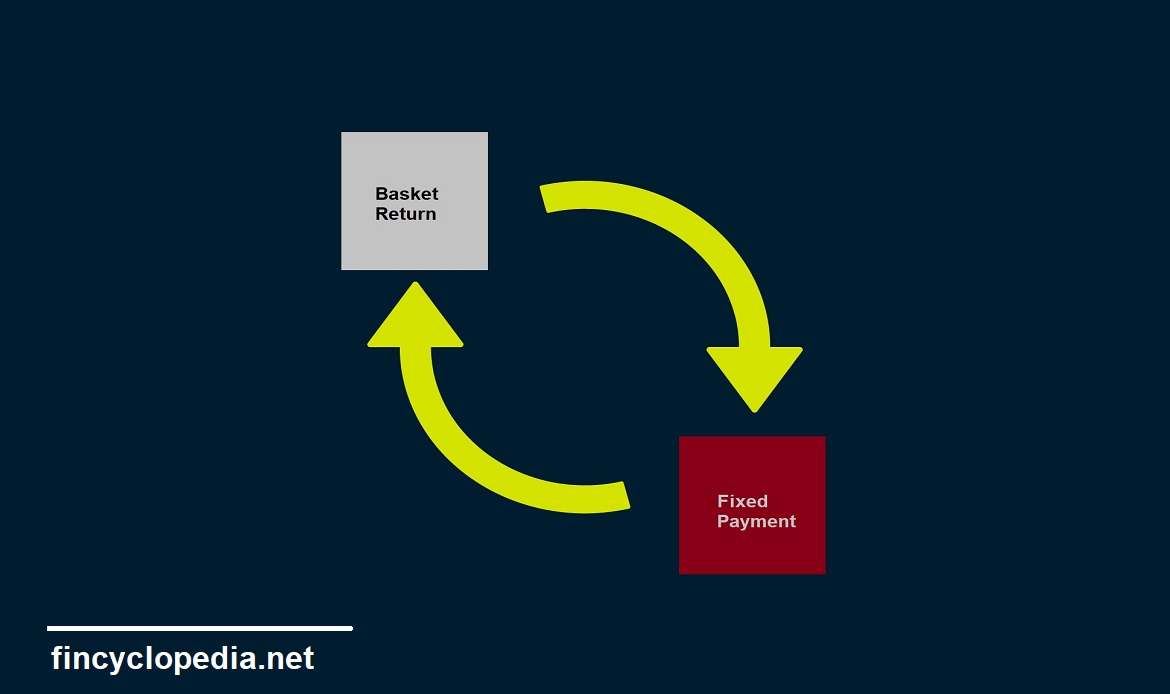A measure of the deviation of the returns of an asset/ portfolio/ fund from benchmark returns over a period of time. The most popular measure is the standard deviation (SD) of returns (active returns). In other words, it measures the standard deviation of the difference between the asset/ portfolio/ investment/ fund’s returns and index returns. The monthly difference (portfolio return – benchmark return) is used as an input in calculating the annualized standard deviation.
Tracking error (also, tracking risk) is defined as the standard deviation of active return, where it is broken into two parts: active factor risk (such as over- or under-weighting of certain sectors or industries) and active specific risk (such as specific issues).
This risk takes two directions: upside risk and downside risk. Upside risk constitutes the positive active return potential- i.e., the uncertain upward potential for an asset/ portfolio/ investment/ fund. Hence, upside risk is positive- i.e., it works to the advantage of an investor. Downside risk represents the negative active return potential.
It is also known as active risk.





